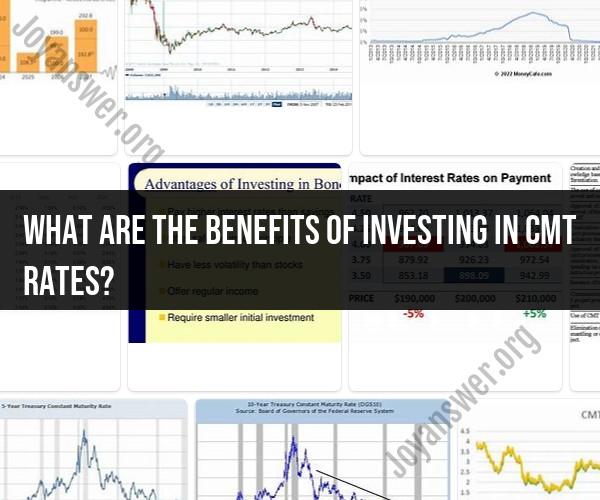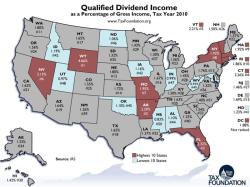What are the benefits of investing in CMT rates?
Investing in Constant Maturity Treasury (CMT) rates can offer a range of benefits for investors seeking exposure to the U.S. government bond market. CMT rates are widely used as a benchmark for interest rates and can play a crucial role in fixed-income investing. Here's a comprehensive guide to understanding the benefits of investing in CMT rates:
1. Risk Management:
- CMT rates are based on U.S. Treasury securities, which are considered one of the safest investments due to their backing by the U.S. government. Investing in CMT rates can provide a level of risk management and stability in a portfolio.
2. Interest Rate Benchmark:
- CMT rates serve as a benchmark for a wide range of interest rates, including adjustable-rate mortgages, corporate bonds, and other debt instruments. By investing in CMT rates, investors gain exposure to changes in interest rates, which can help them make informed decisions about other investments.
3. Yield Curve Analysis:
- CMT rates are used to construct the yield curve, which shows the relationship between bond yields and their respective maturities. Studying the yield curve can provide insights into the overall health of the economy and help investors anticipate changes in interest rates.
4. Portfolio Diversification:
- Adding CMT rates to an investment portfolio can provide diversification benefits. They can act as a counterbalance to other riskier investments, helping to reduce overall portfolio volatility.
5. Hedging Interest Rate Risk:
- Investors can use CMT rates to hedge against interest rate risk. For example, if an investor holds a portfolio of fixed-rate bonds and expects interest rates to rise, they can invest in CMT rates to offset potential losses.
6. Speculative Opportunities:
- Investors can speculate on interest rate movements by taking positions in CMT rates. For example, if an investor predicts that interest rates will decrease, they can invest in CMT rates to potentially benefit from capital appreciation.
7. Predictive Insights:
- Changes in CMT rates can offer insights into market expectations regarding future interest rate movements. Investors can analyze these changes to make informed decisions about their investment strategies.
8. Research and Analysis:
- Investing in CMT rates requires staying informed about economic indicators, central bank policies, and market trends. Engaging in research and analysis can enhance an investor's understanding of the broader financial landscape.
9. Accessible Market:
- CMT rates are widely accessible through financial instruments such as futures contracts, options, and exchange-traded funds (ETFs). This accessibility allows investors to gain exposure to CMT rates without directly holding individual Treasury securities.
10. Financial Planning:- Investors, particularly those with fixed-income obligations or liabilities, can use CMT rates to aid in financial planning and decision-making.
It's important to note that investing in CMT rates, like any investment, comes with its own set of risks and considerations. Interest rates can be influenced by a variety of factors, including economic conditions, inflation, and central bank policies. Before investing in CMT rates or any financial instrument, individuals should conduct thorough research, consider their investment goals and risk tolerance, and consult with financial professionals if needed.











